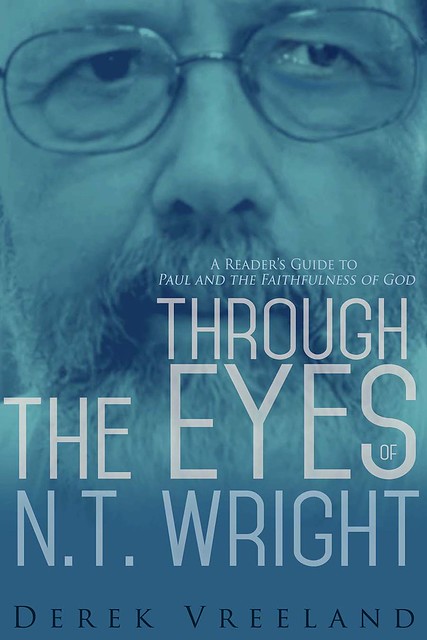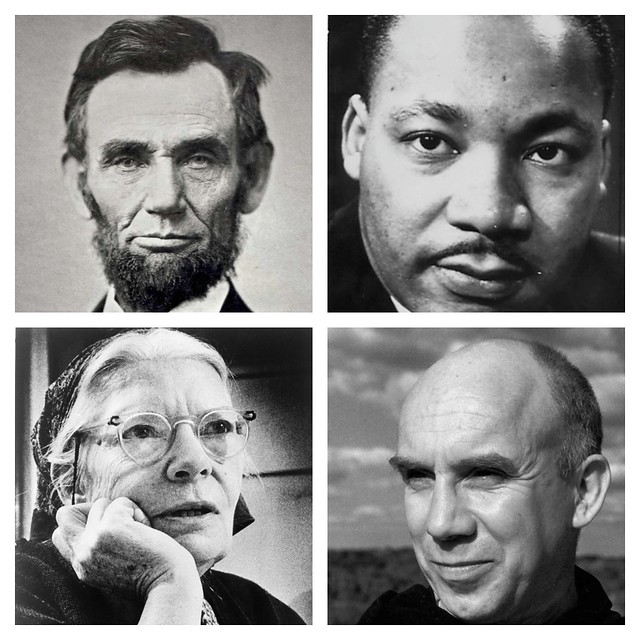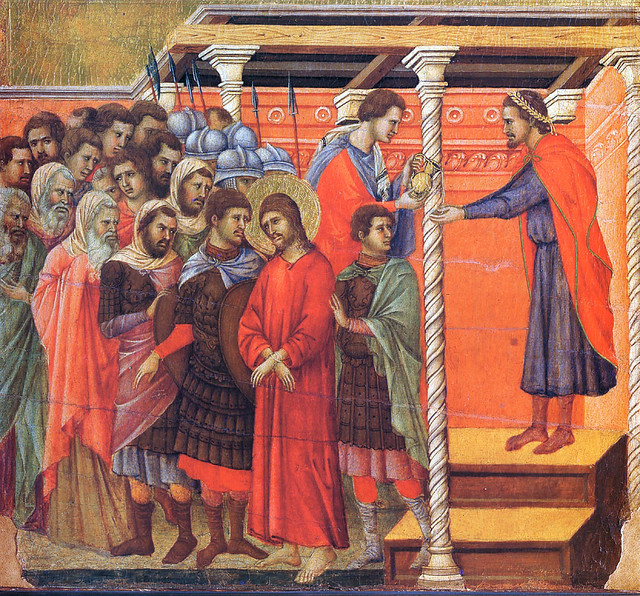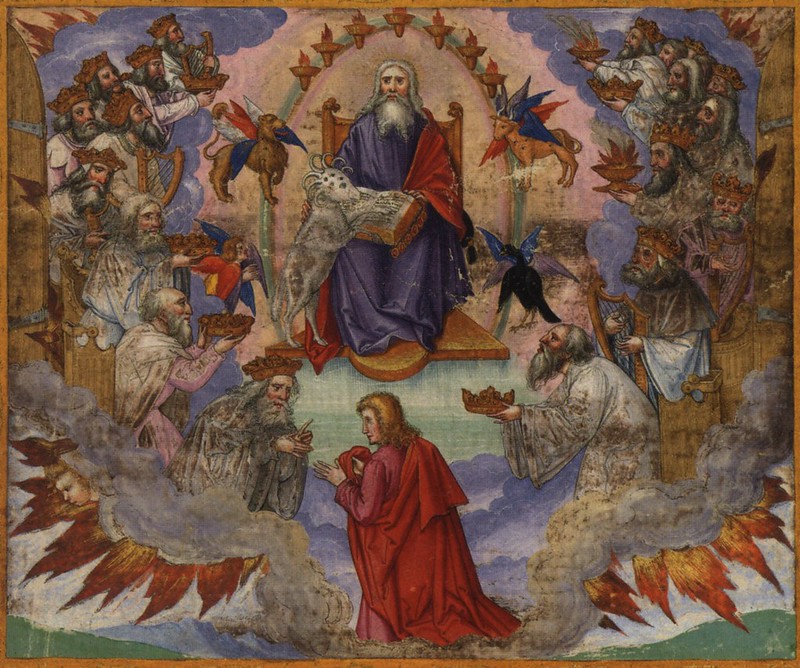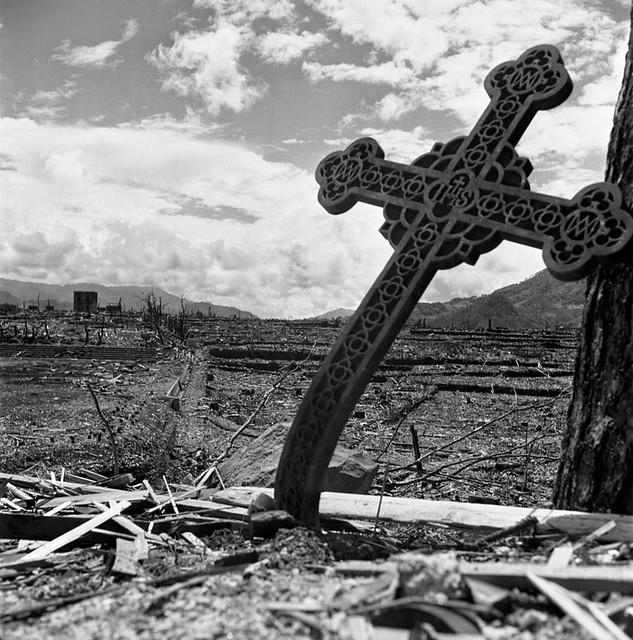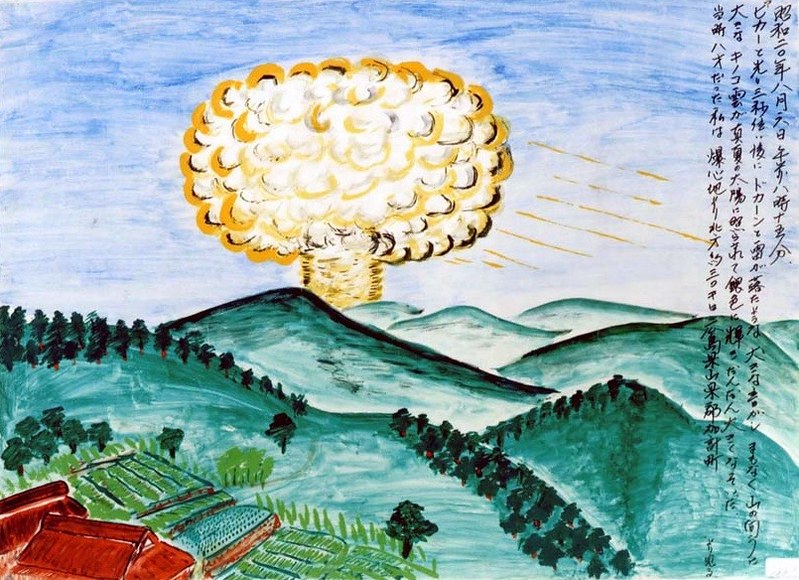God Is Not A Monster
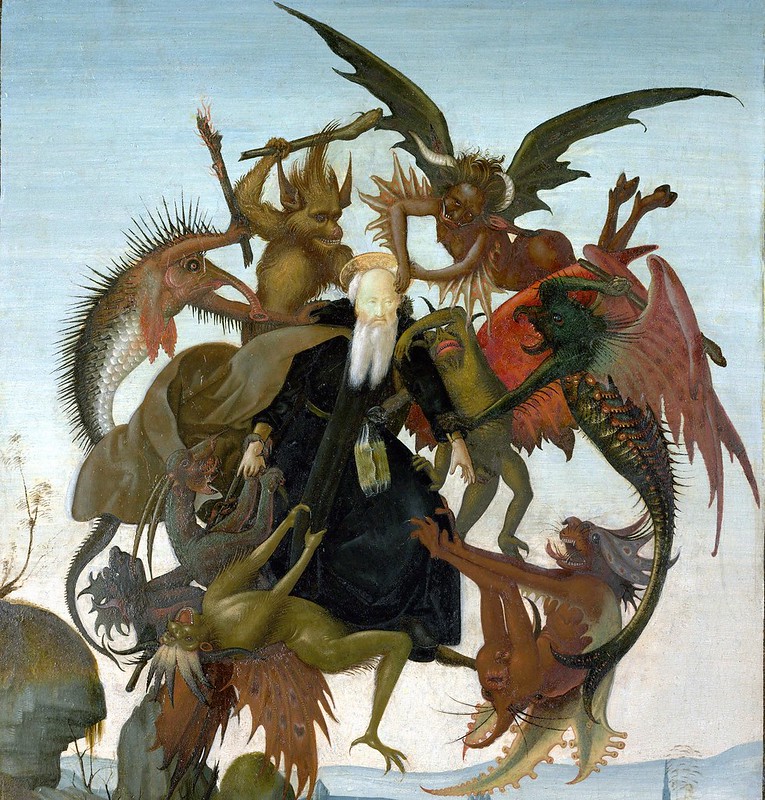
God Is Not A Monster
Brian Zahnd
There are monsters in this world, but the God who is Father, Son, and Holy Spirit is not one of them.
Yes, Virginia, there are monsters. We have an imagination for monsters because we know of their existence. Venomous and vicious beasts were a daily peril for our earliest ancestors. Volcanoes and tsunamis can swallow whole cities. Hurricanes and tornados roar from the heavens, leaving hell in their wake. Epidemics of disease are lethal predators taking their pitiless toll. Worst of all, there are monstrosities of men — conquerors and warlords, tyrants and despots — galloping across history like ringwraiths bringing conquest, war, famine, and death. We can imagine monsters because we have met them.
But the living God is not one of them. Not the God who Jesus called Abba.
Read more


